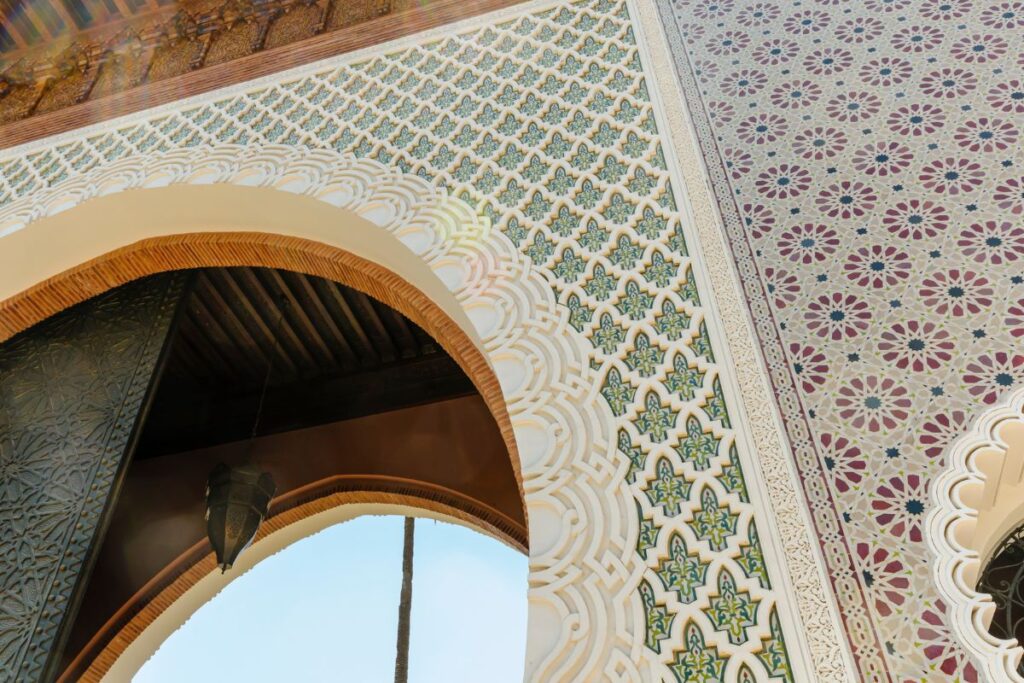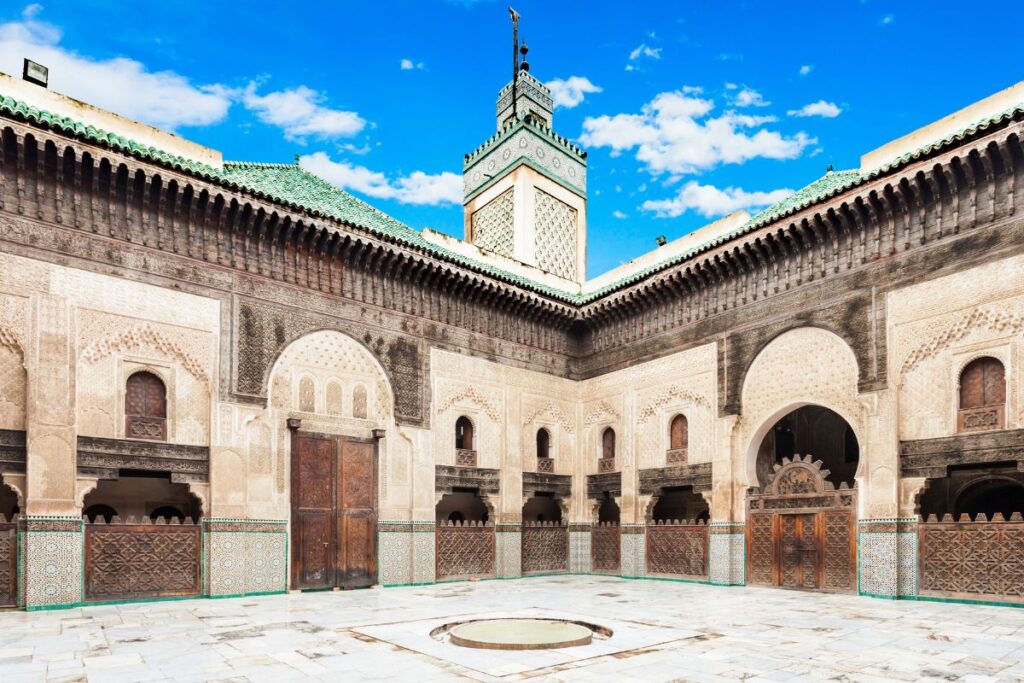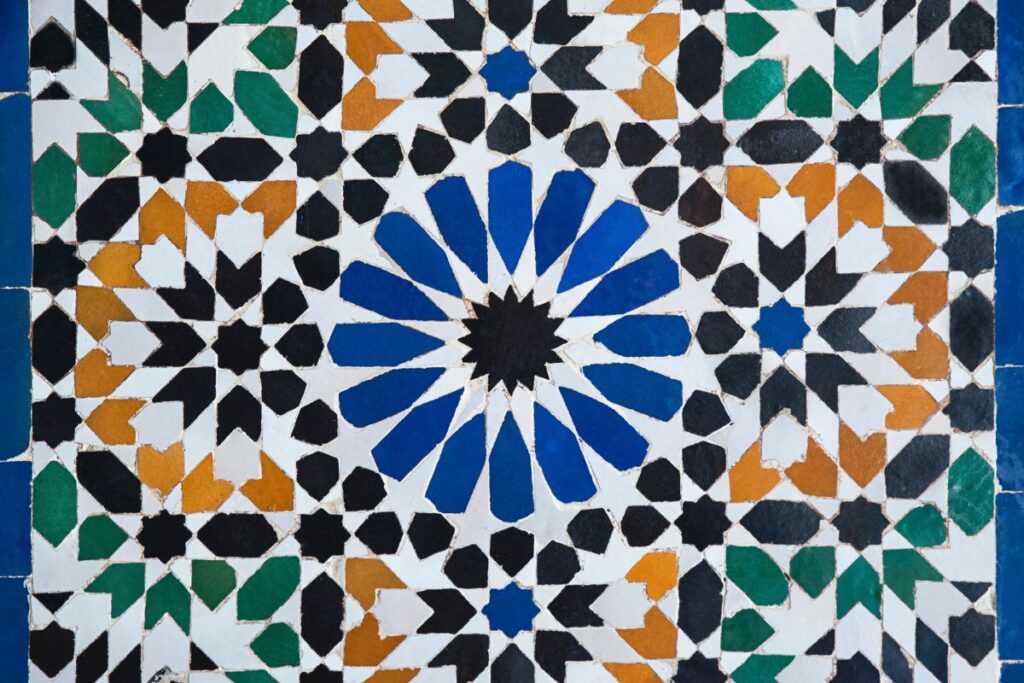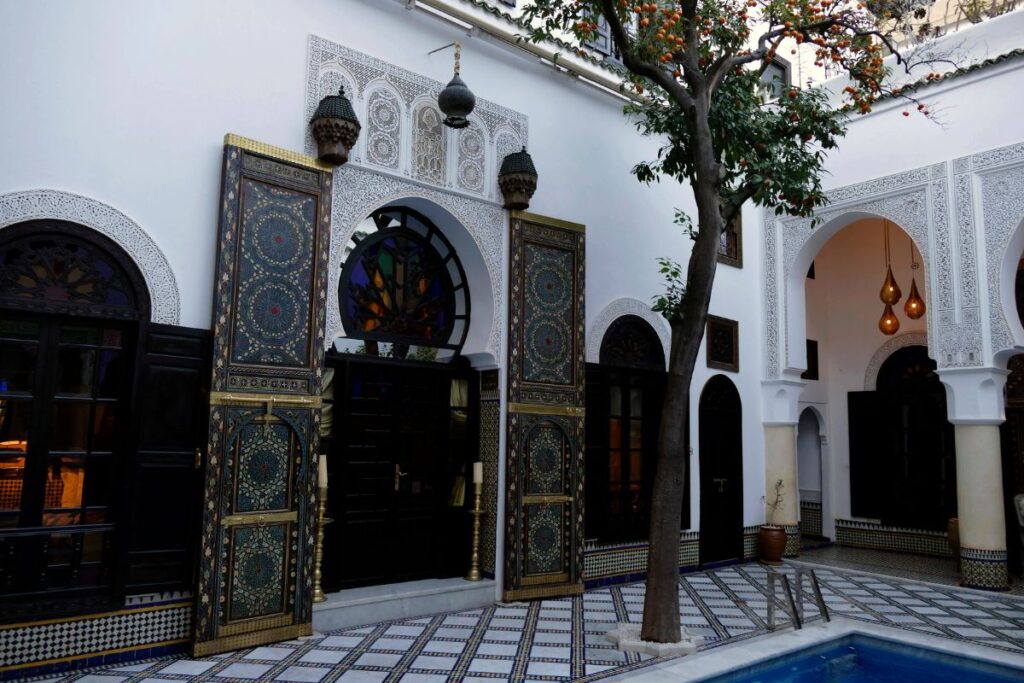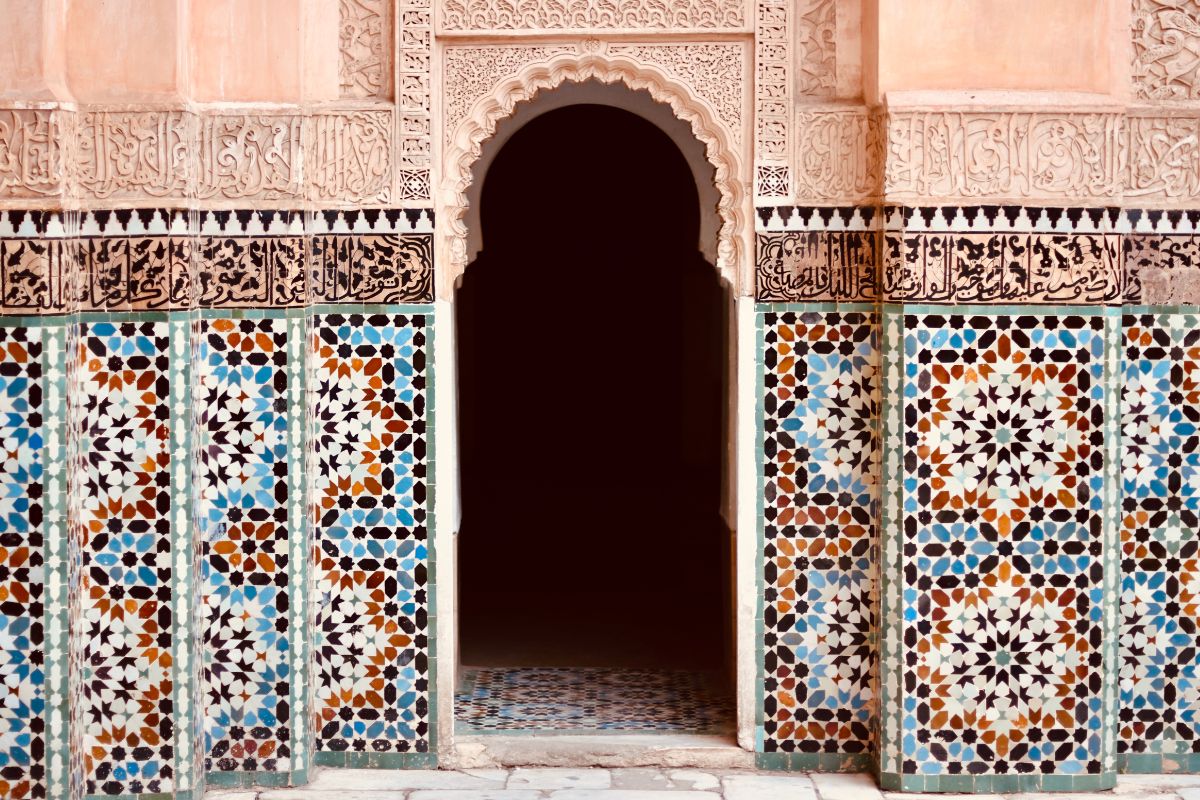
Morocco, a country known for its rich cultural tapestry, is a place where history, art, and architecture intertwine seamlessly. One of the most captivating aspects of Moroccan design is the Moroccan Andalusian interior, the influence of Andalusian aesthetics, which has left an indelible mark on the interiors of this North African nation. In this article, we will embark on a journey through the Moroccan Andalusian interior, exploring its origins, distinctive features, and enduring allure.
The Legacy of Andalusia
The roots of Moroccan Andalusian interior design can be traced back to the period of Al-Andalus, a medieval Muslim territory in the Iberian Peninsula. During the Islamic Golden Age, Andalusia flourished as a hub of knowledge, culture, and art. The architectural and design sensibilities of this era were heavily influenced by Islamic, Arab, and European aesthetics, resulting in a unique blend that later found its way to Morocco.
Intricate Geometric Patterns
One of the hallmarks of Moroccan Andalusian interior design is the extensive use of intricate geometric patterns. These patterns adorn various elements of interiors, from tiled walls and ceilings to wooden screens and furniture. They reflect the mathematical precision and artistic sophistication that characterize Islamic art.
Zellige Tiles: The Jewel of Moroccan Interiors
Zellige, a mosaic tilework technique, is an iconic feature of Moroccan Andalusian design. These small, colorful tiles are meticulously hand-cut and assembled to create stunning geometric and floral patterns. Zellige can be found in palaces, mosques, and homes across Morocco, adding a touch of opulence and elegance to every space.
Stucco and Plasterwork
Stucco and plasterwork are integral to Moroccan Andalusian interiors. Skilled artisans sculpt elaborate designs onto walls and ceilings, transforming them into intricate lace-like structures. These decorative elements often feature calligraphy, floral motifs, and geometric shapes, casting captivating shadows when illuminated.
The Courtyard: A Private Oasis
Many traditional Moroccan homes are built around a central courtyard, a design influenced by Andalusian architecture. The courtyard serves as a private oasis, with a refreshing fountain at its center. Surrounding arcades adorned with zellige tiles and stucco work provide a serene retreat from the bustling world outside.
Majestic Riads: Andalusian Elegance
Riads, traditional Moroccan houses with interior gardens or courtyards, exemplify the beauty of Andalusian-inspired design. These stunning residences feature Andalusian arches, intricately carved wooden screens (moucharabiehs), and lush gardens. Riads have been transformed into boutique hotels, offering guests an opportunity to immerse themselves in the splendor of Moroccan Andalusian interiors.
The Timeless Allure
What makes Moroccan Andalusian interior design truly timeless is its ability to blend the old with the new. While rooted in history, it continues to inspire contemporary architects and designers. Many modern homes, hotels, and restaurants in Morocco and beyond incorporate elements of Andalusian design, creating spaces that pay homage to the past while embracing the present.
Moroccan Andalusian Interior: A Journey Worth Taking
Exploring the Moroccan Andalusian interior is like embarking on a journey through time and beauty. It’s an invitation to witness the harmonious fusion of cultures and artistic traditions shaping Morocco’s remarkable aesthetic landscape. Whether you’re wandering through the narrow streets of the medina or relaxing in the opulence of a riad, the allure of Moroccan Andalusian interior design is an experience you won’t soon forget.
